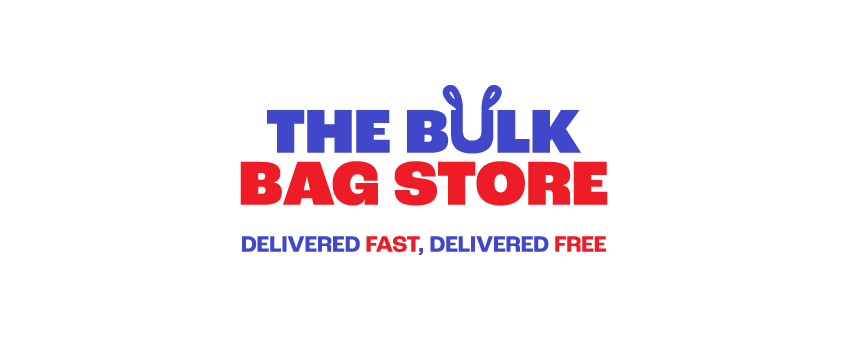Most industrial and manufacturing processes produce waste of some kind or another, and knowing how to deal with that waste appropriately is an important part of any business’s agenda.
As governments become more and more aware of the need to both reduce waste in all its forms and deal efficiently and effectively with any waste which cannot be avoided, manufacturers are having pressure put on them to address the issues in new and innovative ways.
One initiative aiming to help in this ever-present challenge has seen the release of new good practice guidelines for businesses which produce waste industrial packaging – specifically those dealing with chemical supplies.
An important new step in fighting the rising tide of waste, the guidelines, published in a document entitled The Assessment and Classification of Waste Packaging, has been compiled by a consortium of trade associations who represent firms which operate – and, importantly, produce waste packaging – in the chemicals supply chain.
All companies have a legal duty of care to make sure that all of their waste is classified correctly, handled and stored safely and in the correct manner, is moved, when necessary, according to the appropriate health and safety regulations, and that any waste is disposed of in the right way, using licensed organisations and facilities. Businesses can be asked to provide evidence (to inspectors or waste handlers) that any waste has been assessed and handled in the correct manner.
The new document provides supplementary guidance to the existing technical guidance WM3 and covers the classification and assessment of waste, including industrial packaging waste, currently covered by the European Union’s Waste Framework Directive. Dating back to 1975 and amended in 1991, the Waste Framework Directive sets out the current European legislation regarding waste, including its classification and treatment.
The new guidelines offer information on waste packaging of all kinds, including that comprised of containers, bottles, boxes, bags, tins, barrels, kegs, drums and intermediate bulk containers (IBCs).
They focus on helping businesses recognise both what is and what is not classed as waste, as well as whether it qualifies as waste packaging, and also give information on what items should be classified as hazardous and non-hazardous. The information is presented clearly and efficiently in an easy-to-follow flow chart, which should enable companies to classify their waste without trouble.
In addition, the document outlines a method by which the weight of the packaging can be taken into consideration when classifying it as waste, which should help improve efficiency.
Organisations which had an input into the guidance include the Chemical Business Association, Industrial Packaging Association, British Plastics Federation, British Aerosol Manufacturers’ Association, British Association for Chemical Specialities, International Fragrance Association, United Kingdom Lubricants Association, Solvents Industry Association, British Adhesives and Sealants Association, Chemical Industries Association and British Coatings Federation.
The document has been welcomed by the Scottish Environment Protection Agency, Natural Resources Wales and The Environment Agency, who are encouraging its adoption in Scotland, Wales and England.
It is hoped and expected that the new guidelines will help support businesses and manufacturers in their aims to reduce waste, dispose of unavoidable waste quickly and effectively – staying within the confines of the law at all times – and improve their contribution to the circular economy.
